Touring Life & The Studio Work to Jethro Tull’s “Benefit”
Analogue Productions reissues the underdog of the group’s catalog
Late '60s British rock bands had to fit themselves into a specific mold, whether it was a psychedelic uniform of flared pants and satin shirts, or the presence of a guitar god and wailing vocalist. In the case of Jethro Tull, when audiences saw a scruffy Ian Anderson wearing an overcoat, standing on one leg, face twisted into possessed expressions, blowing excitedly into a flute, eccentricity worked in the band's favor .
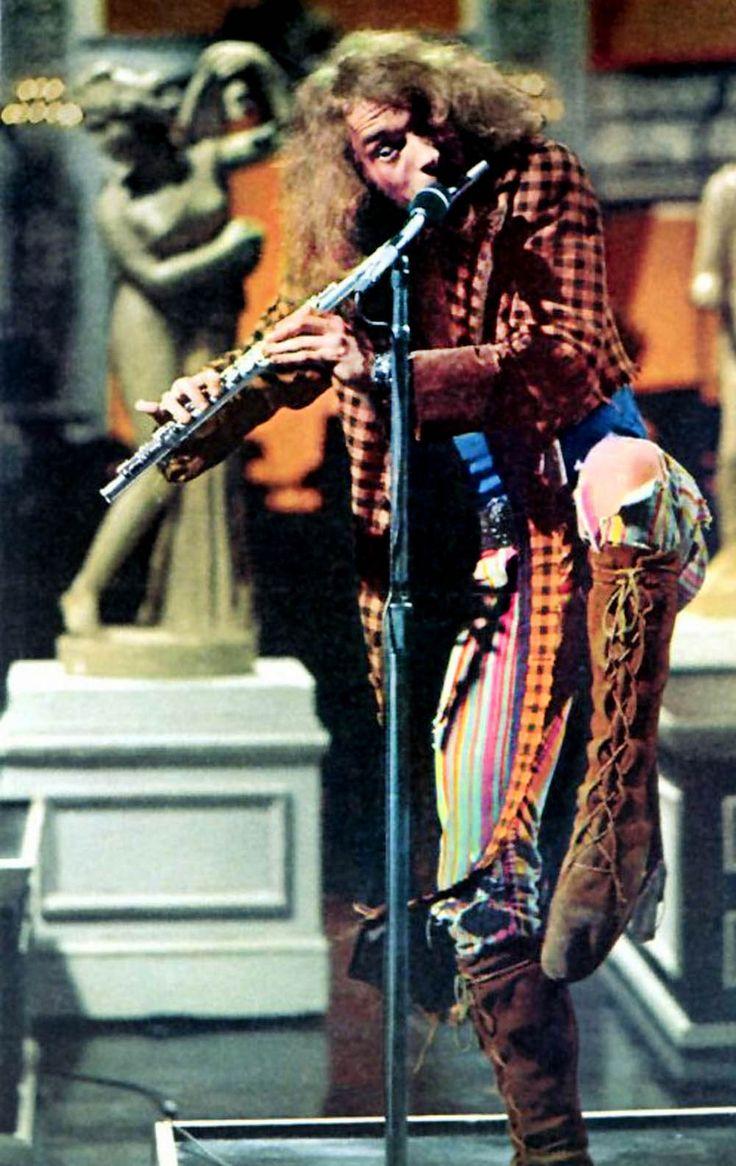
Jethro Tull's fit into the scene came with a musical foundation more rooted in blues and folk than in rock—progressive or otherwise. The group’s history is an intricate abacus of personnel changes that didn’t take long to manifest after releasing their debut album, This Was, on Island Records in 1968. Shortly after the album’s release, original guitarist Mick Abrahams left to form Bloodwyn Pig. Martin Barre, who would become the second-longest-serving member after Ian Anderson, filled the vacant spot. 1969 was the year Tull claimed prestigious chart success with the “Living in the Past” single peaking at No. 3 and the Stand Up album debuting at No. 1, the group’s only album to do so.
The dawn of a new decade came with the release of Jethro Tull’s third album, Benefit. Ian Anderson, who served as the primary songwriter, was starting to feel the effects of being a cog in the music industry machine, reflecting the album’s darker tone. After enduring three American tours in 1969, songs like “With You There to Help Me” and “To Cry You a Song” were odes to longing domesticity. Some of the disdain comes across musically, with tracks like “Son” and “Play in Time” having a heavier edge. Anderson channeled his eclectic writing style in a plethora of angles, writing about wordless communication (“Nothing to Say”), relationships (“A Time for Everything?”), alienation (“For Michael Collins, Jeffrey and Me”), and high society (“Sossity: You’re a Woman”). Beyond Benefit’s murky overtones, there’s still a hint of optimism with the playful “Inside.”
After recording Stand Up and a handful of non-album singles at London’s Morgan Studios, the facilities became a familiar working environment for Jethro Tull. Recording Benefit was an opportunity to utilize the ever-stretching boundaries of what the studio could lend to the album’s production value instead of plowing through their fresh repertoire without added flair. The sonic leap is apparent on the album’s opening cut, “With You There to Help Me,” with a backward-recorded flute giving the introduction a dream-like quality. Martin Barre’s guitar on “Play in Time” underwent speed manipulation to give it an unearthly sound.

The integration of keyboardist John Evan also “benefited” the album’s arrangements and enabled Ian Anderson to write without any instrumental constraints. Commencing his career in the aptly named John Evan Band with Anderson, bassist Glenn Cornick, and future Tull members Barriemore Barlow and Jeffrey Hammond-Hammond, Evan appears on this album as a session musician. He would eventually become a full-time member, a position he held for the next ten years. Just as Jethro Tull made way for that new addition, Benefit became Glenn Cornick's final album with the band.

Beyond the lukewarm critical reaction on both sides of the Atlantic, most of the group felt that the material on Benefit was an even split between brilliantly crafted and lacking compositional substance. Ian Anderson viewed the album as lacking variety and being more guitar-centered, much to Martin Barre’s benefit (no pun intended), who felt that the album was among the group’s finest. “For You There to Help Me,” “To Cry You a Song,” and “Sossity: You’re a Woman” were the only songs receiving steady live airings, leaving the others to be classified as "studio by-product"s. In terms of performance proficiency, Anderson saw the album as the next step in the group’s evolution.
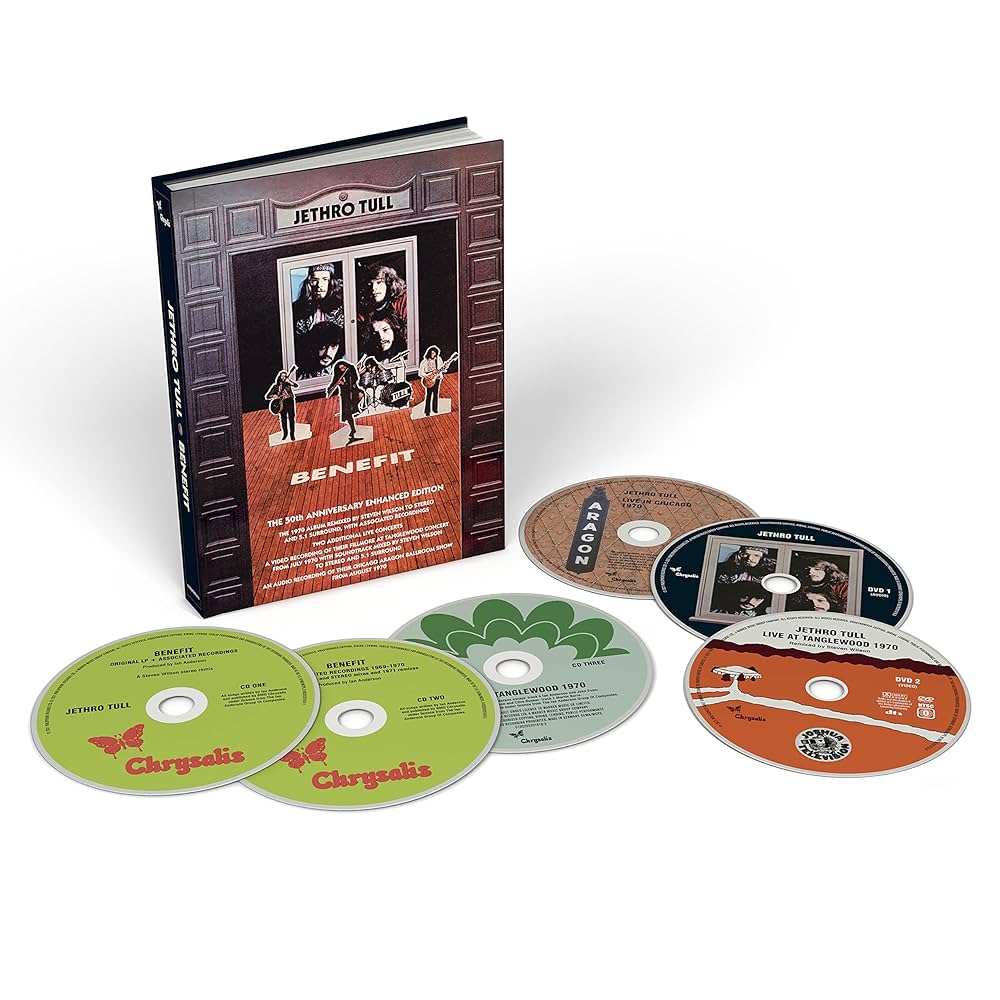
The ongoing Jethro Tull reissue campaign commenced in 2011 with Steven Wilson taking the arduous task of remixing the back catalog and archives. Each album was reissued in a series of “book sets” that feature the original album, outtakes, singles, BBC recordings, live recordings, surround sound mixes, detailed annotations, and more; it's become the gold standard on how to do a respectable reissue. Apart from flat transfers of the original mixes on DVD, they became outlawed with the vinyl counterparts. Wilson’s stereo remixes became the new standard, featured on the UK and US versions of Benefit, reissued in 2013.
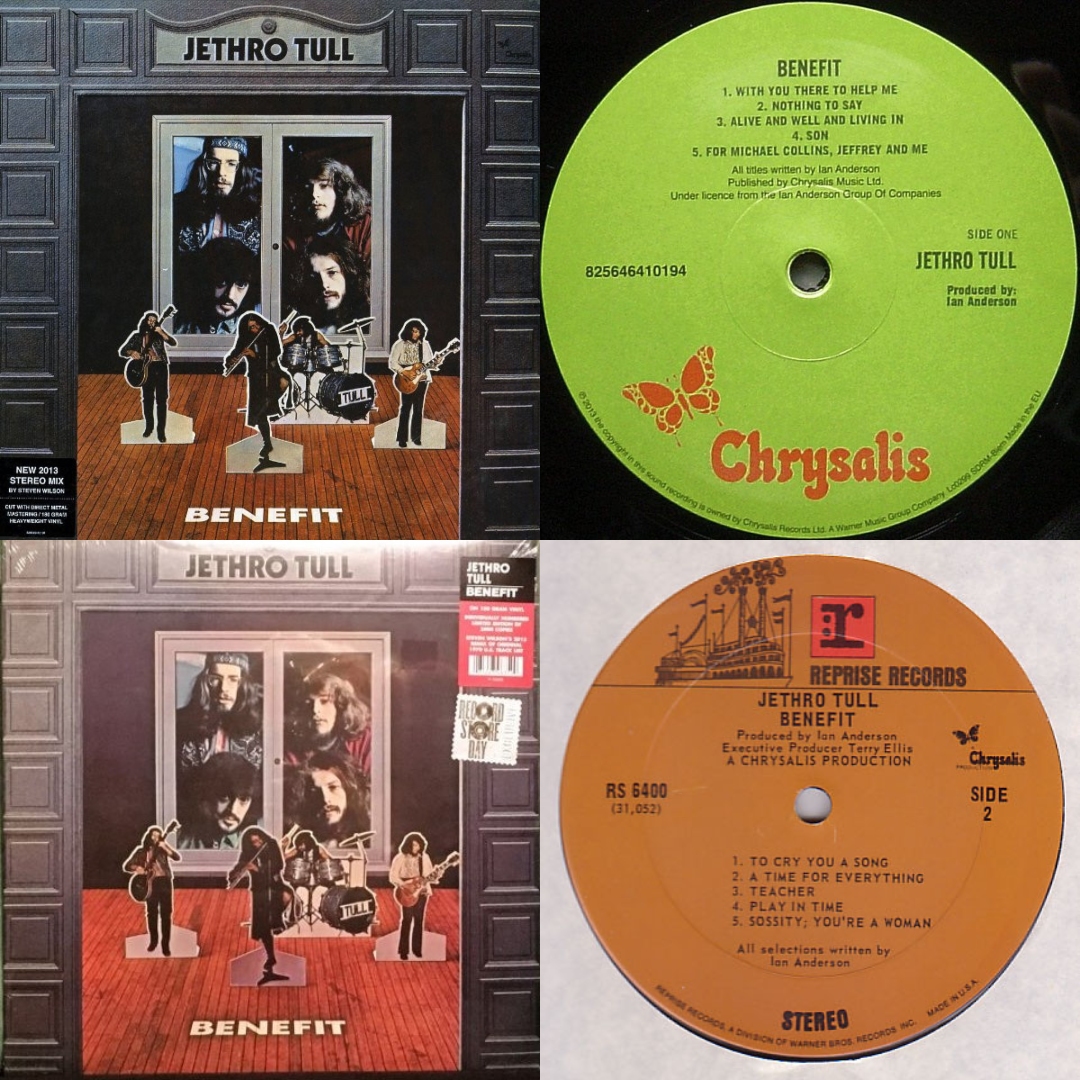
Some of the original Jethro Tull mixes reemerged thanks to Analogue Productions’ keenness for their catalog, releasing both 45 rpm cuts and SACDs of Stand Up and Aqualung, the latter presented as a UHQR that recycled metal parts used by Classic Records from 2009. This new pressing of Benefit is the first time the original mix has graced the grooves domestically in over 45 years.
Analogue Productions’ reissue "benefits" fans familiar with the original U.K. release track list as well as those stateside familiar with the Reprise original that omits "Alive and Well and Living In" and substitutes a re-recording of the B-side "Teacher" as well as a resequenced tracklist. On this reissue "Alive and Well and Living In" is tagged at the end as a bonus track.
A hybrid of packaging elements taken from various international pressings of Benefit give the Analogue Productions edition a stunning presentation. A live shot of the group featuring a double-exposed Ian Anderson that graced the gatefold of original German pressings is featured. Instead of replicating the “tan steamboat” label of the original US Reprise pressing, the green Chrysalis label is a tip of the hat to the original UK pressing.
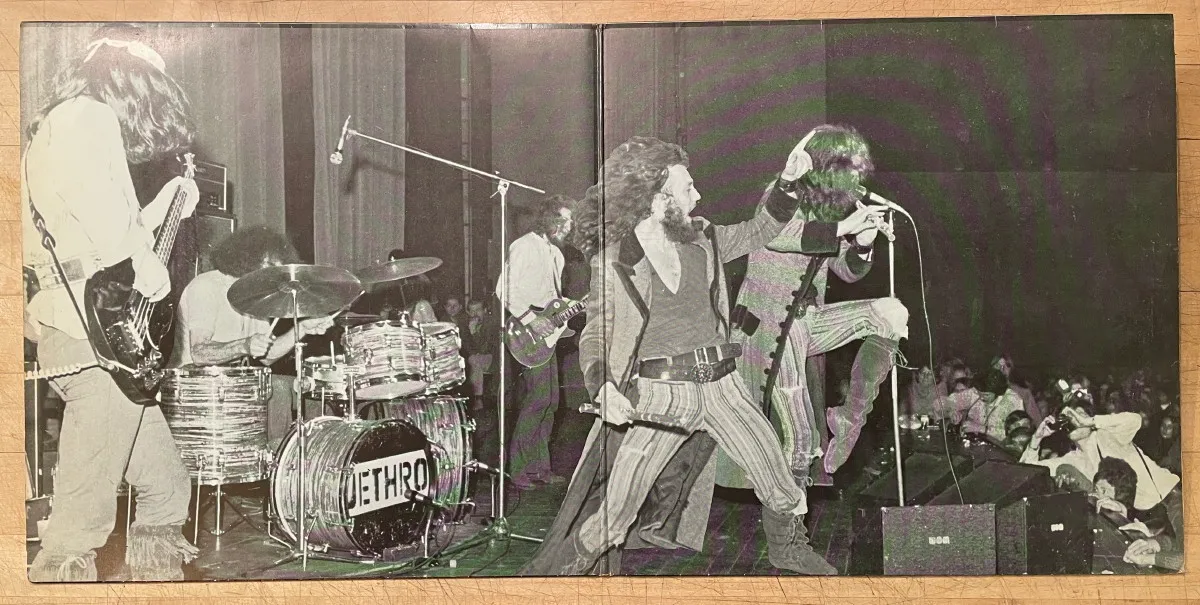
Analogue Productions reissues almost always outdo previous reissue efforts, yet here Matthew Lutthans’ cutting work magnifies some of Benefit’s quirky sonic characteristics. For example, the rhythm section of bassist Glenn Cornick and drummer Clive Bunker sounds tight as ever from a performance level, but as before the duo doesn't add much muscle to the bottom end. Bunker’s percussion work sounds restricted and resides in the lower depths of the mixes, and Cornick’s bass is more rounded than punctual. Both of them serve as a soft foundation for Ian Anderson and Martin Barre to really build up the album’s arrangements.
The reversed fluttering flute soaked in reverb during the introduction of “With You There to Help Me” creates a spacious soundstage. Ian Anderson’s harmonized vocals come across with superlative separation. The way Martin Barre’s electric and acoustic guitars are panned respectively to the left and right gives the arrangement great textural definition, the acoustics still managing to shine during the track’s more heavy-handed moments. Anderson’s voice is an instrument in itself, morphing between silk-like transparency as on “Nothing to Say” and in the forefront on the jaunty “Inside,” where the lower, more bellowing parts of his voice spice up the bottom end.
Barre’s electric guitar dominates on “Son,” and the slight delay in Anderson’s vocals contributes to the song’s sleazy quality. It goes from being a slow-burning rocker in the verses to having a whimsical baroque flavor in the bridge with an instrument as exotic as a balalaika. The acoustic guitar and dry up-front vocals on “For Michael Collins, Jeffrey and Me” create a very inviting atmosphere, and the whole band brings the track to life in the choruses.
Any listener can notice the main riff of “To Cry You a Song” on any edition, but this pressing makes particularly clear the separation of the harmonized guitars between the speakers. This original mix choice opens up the track allowing Ian Anderson’s fed through a Leslie cabinet vocals to explode through. The track becomes a Martin Barre masterclass, with various guitar licks traded off and overlapping during the instrumental break. There’s an element of playfulness with how Barre doubles Anderson’s flute on “A Time for Everything,” and the two let loose as the song leads to a dwindling climax.
Despite the mix and thus the pressing's subdued rhythm section, “Teacher” is the moment where listening room floors will pulse and buzz with excitement. The bass, guitar, and piano unanimously stomp out root notes and chords, and Clive Bunker’s kick drum accents the plodding rhythm. Reverb utilized on the flute and guitar fanfare during the“Play in Time” intro is an effective production style that makes them pop more out of the mix. The band establishes the groove, and the crescendo vamp towards the end builds to a whirlwind of backwards sounds. “Sossity: You’re a Woman” retains the stripped-down arrangement of doubled acoustic guitars and Hammond organ, yet sounds so full and forward. Tambourine and flute panned to the far right entice the choruses.
John Evan is this pressing's MVP. Aside from Ian Anderson’s artistic liberation with him behind the keys, Evan’s style never interfered with Jethro Tull’s musical mold. Simple measures, such as doubling parts (guitar or flute) or hammering out basic chords, gave the music considerable textural authority. This is especially evident in moments where the piano sits in the forefront of the arrangements, as on “With You There to Help Me,” “Alive and Well and Living In,” and “For Michael Collins, Jeffrey and Me".
While Benefit sits comfortably within the “classic Tull” pantheon amongst giants like Stand Up and Aqualung, it’s easy for the album to get obscured by the towering scale of others in the catalog. Analogue Productions’ successful attempt to produce this album's ultimate pressing makes worthwhile revisiting one of Jethro Tull’s most underrated albums.
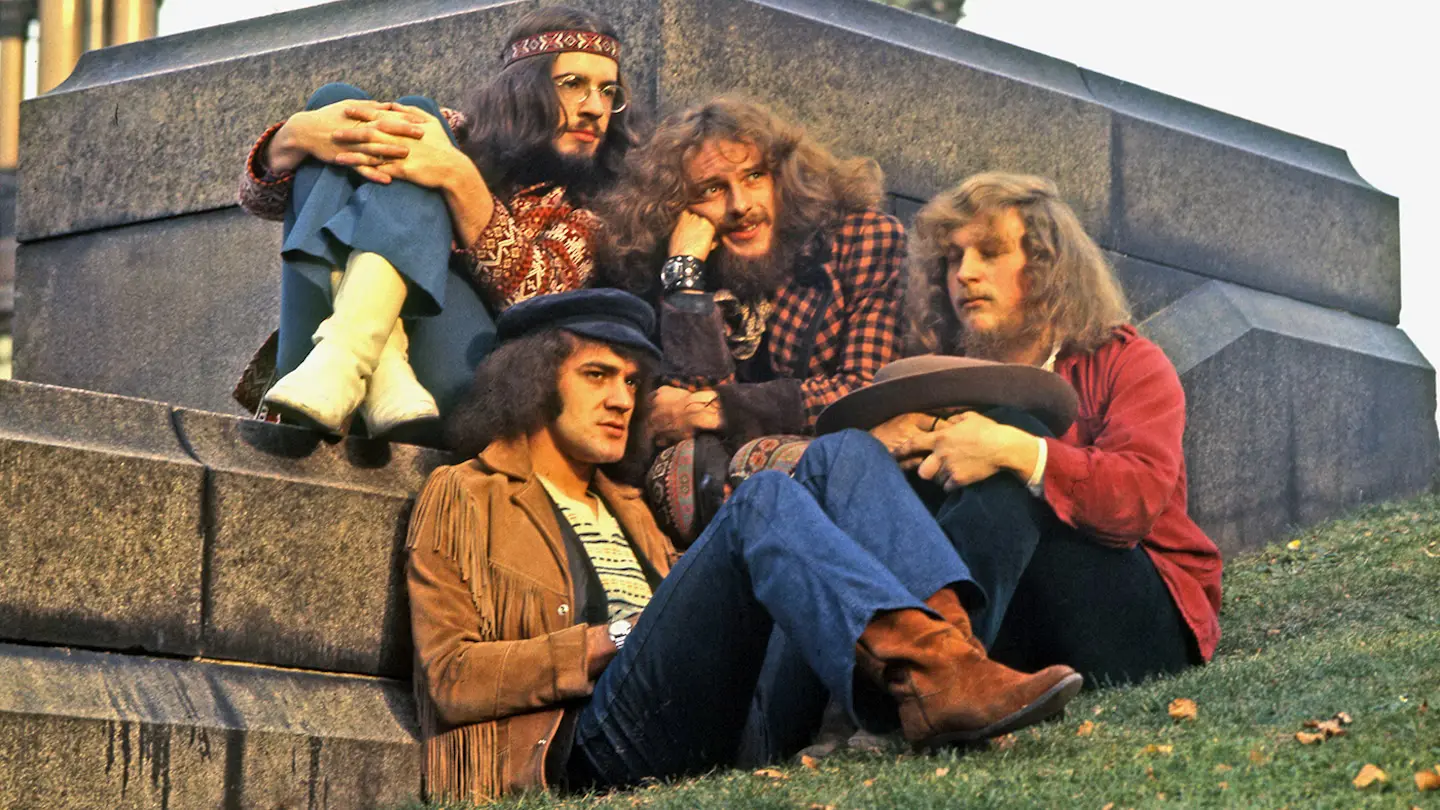




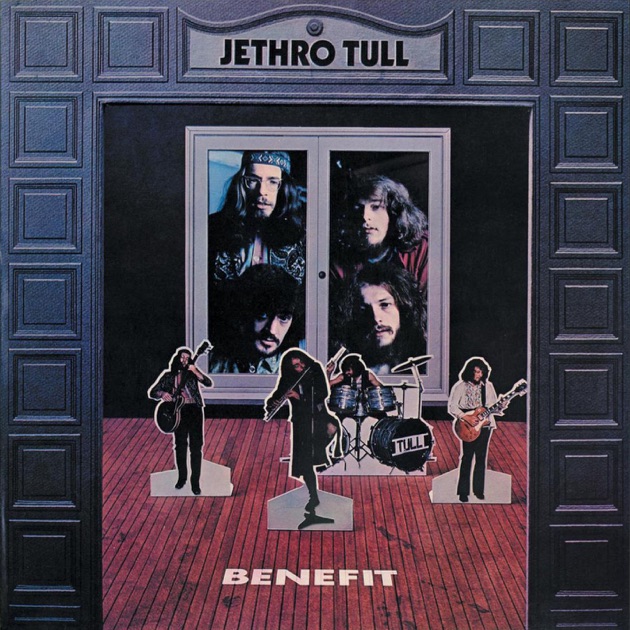





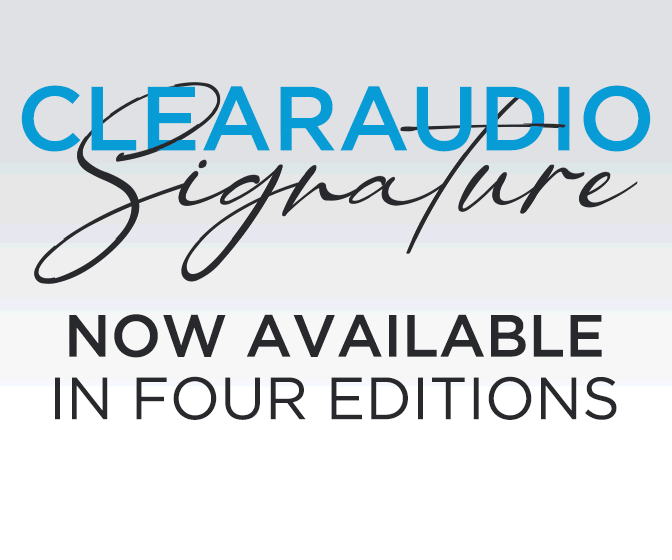

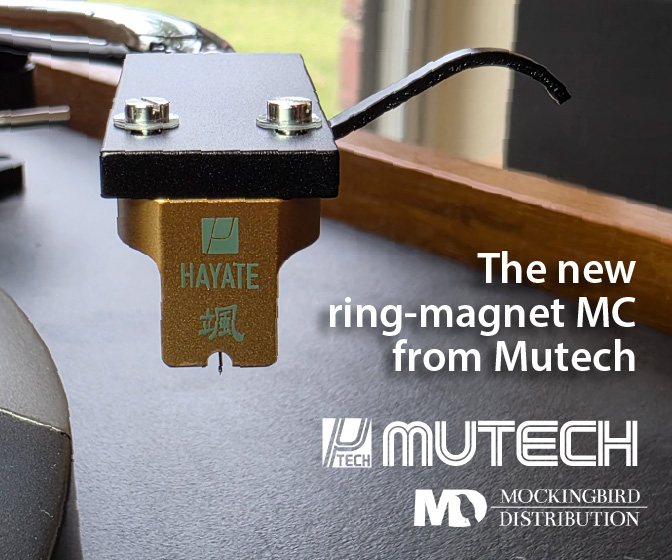
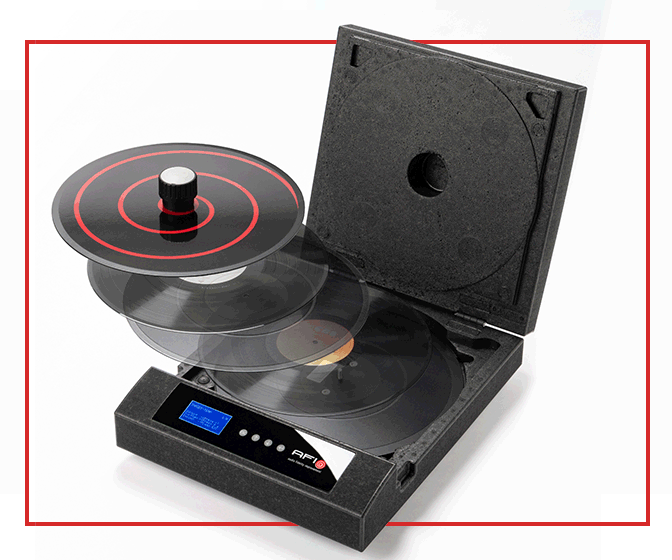

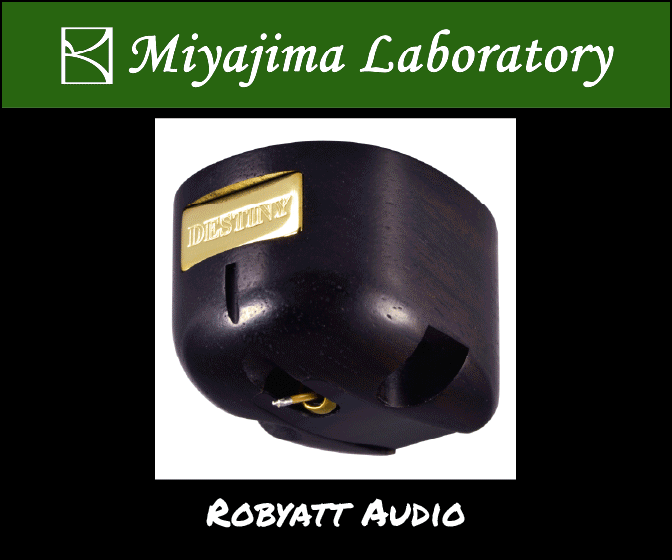
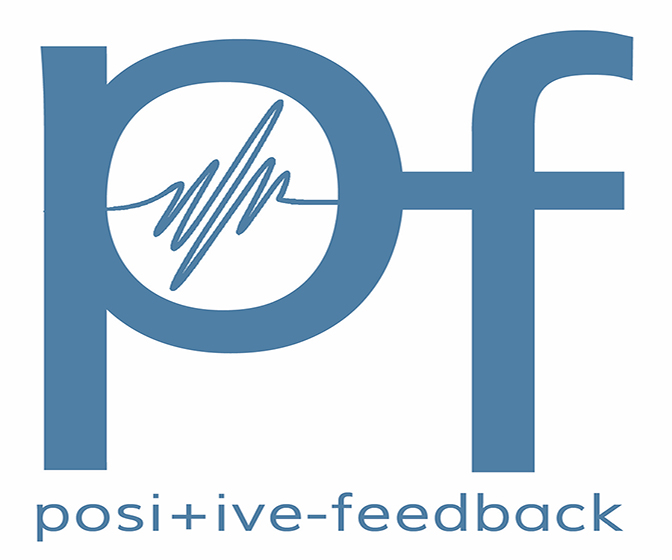


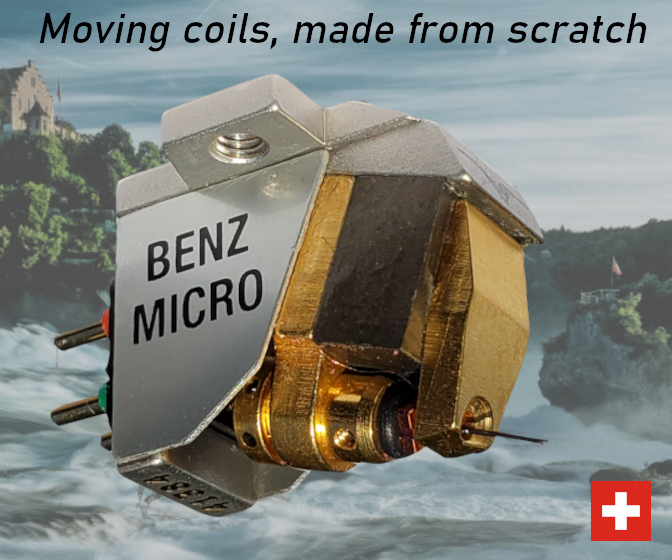

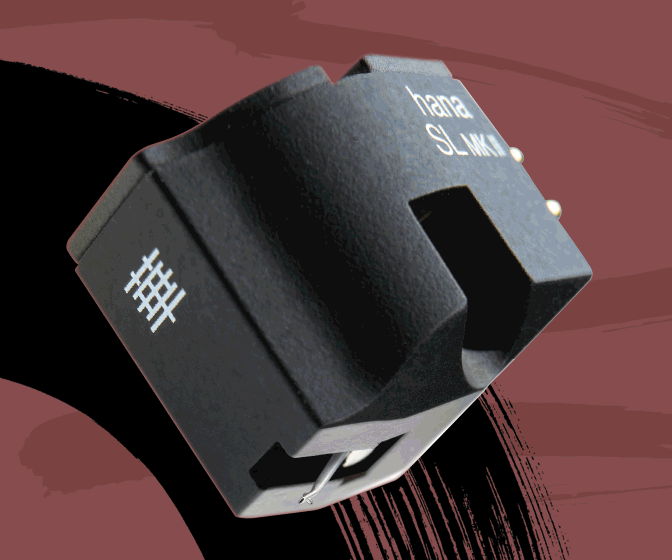


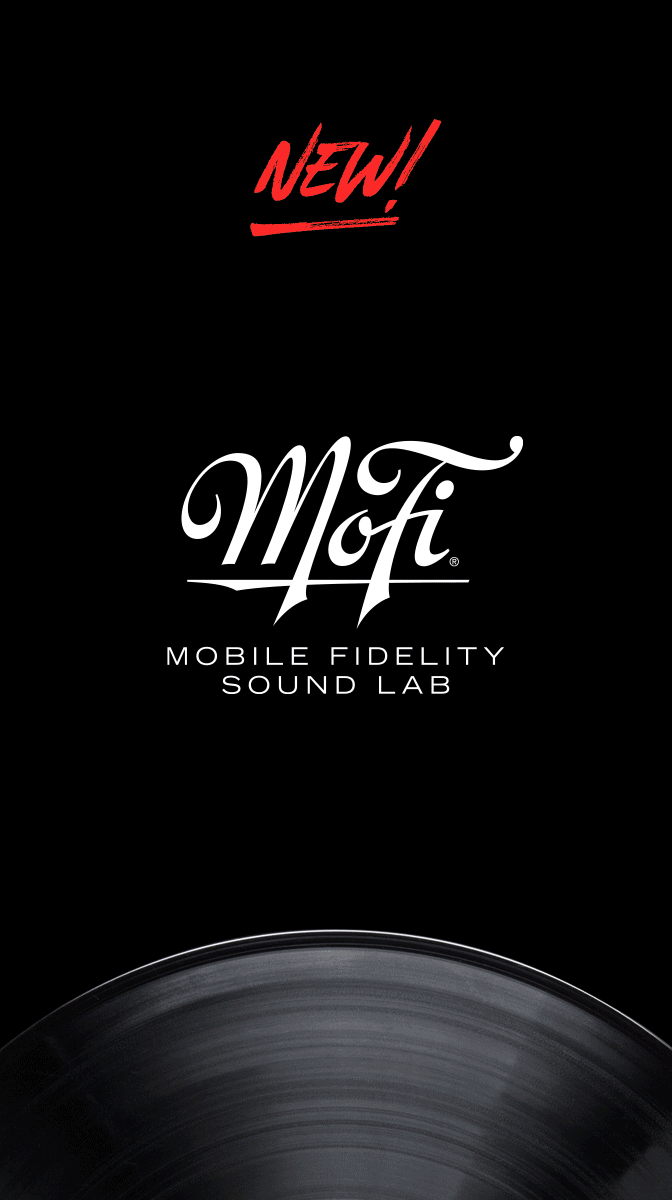



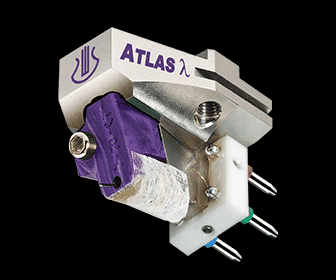

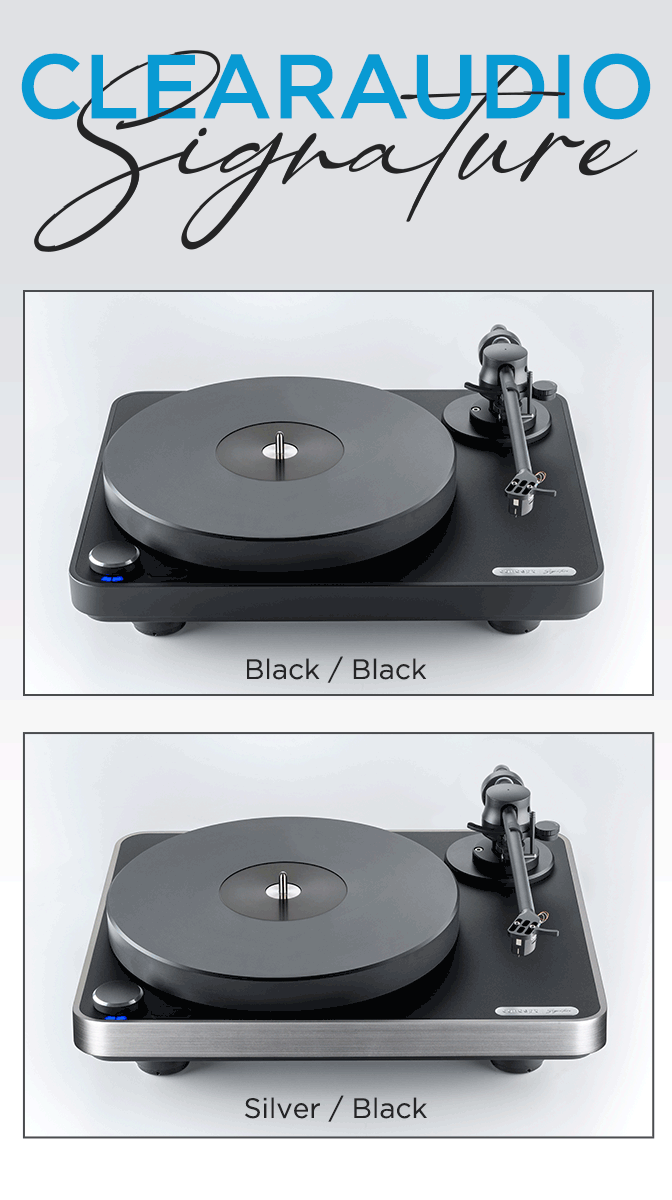


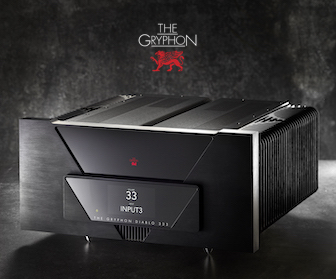
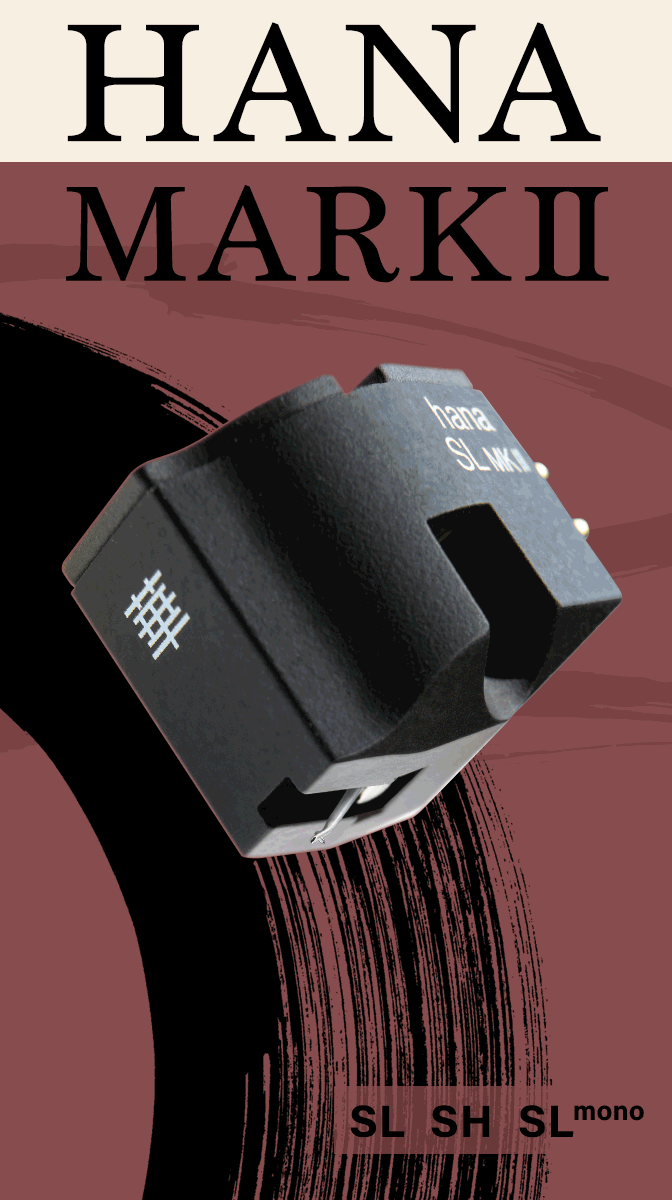


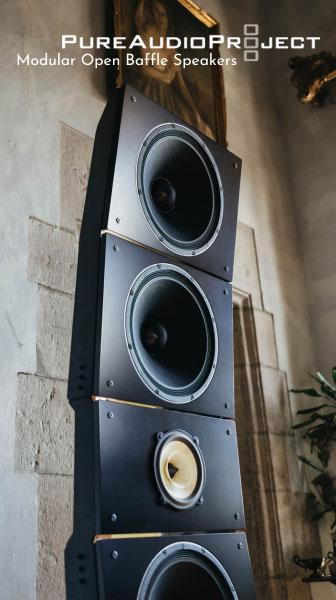






.png)








